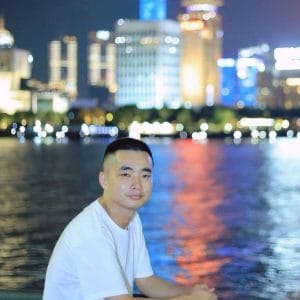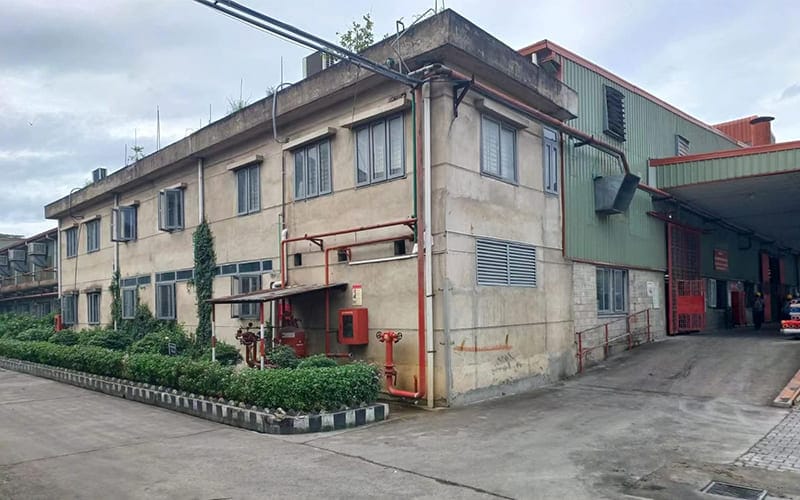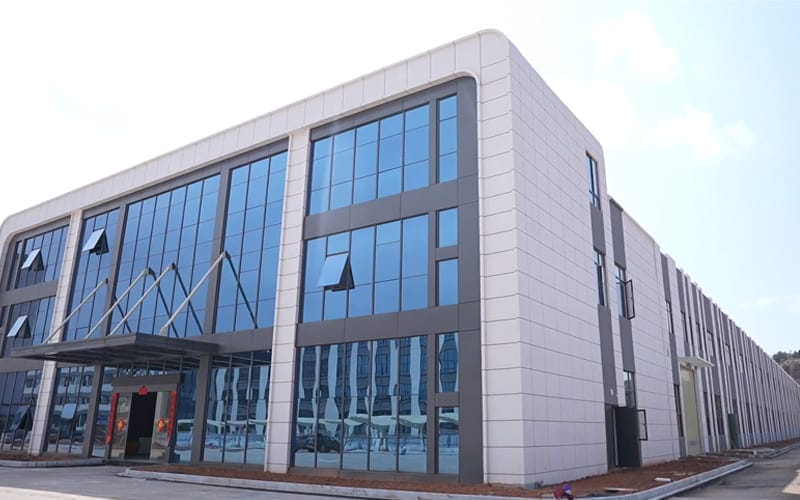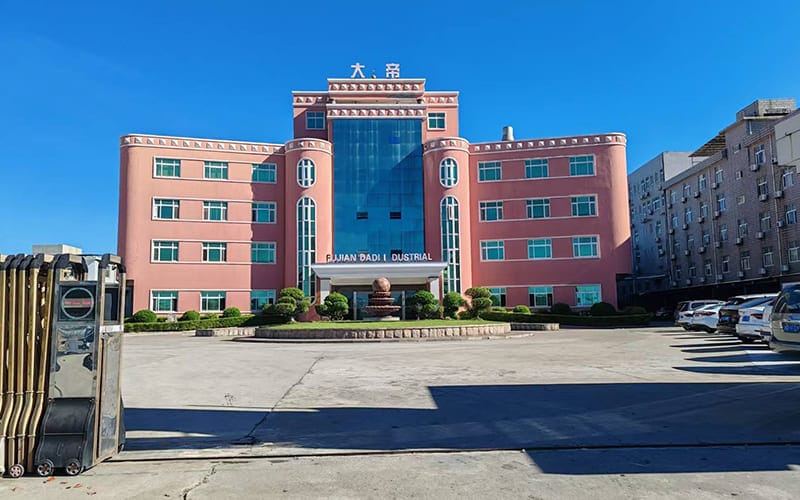we continuously promote our products with the best service and quality to achieve a long-term cooperation, we are looking forward to working with you.
Dongguan Taite New Material Co., Ltd. is a leading enterprise in innovative synthetic leather materials. Through holding one factory and investing in three others, it demonstrates its strong production capabilities and strategic layout. The company employs over 500 staff, occupies an area of 74,000 square meters, achieves an annual production value of 1.1 billion RMB, and operates 20 advanced production lines, underscoring its scale and market presence.
Specializing in the production of water-based, bio-based, biodegradable, and PU synthetic leather products, the company is committed to environmental innovation and sustainable development, addressing the market’s need for eco-friendly materials. Furthermore, with a production base in Bangladesh, the company enhances its international competitiveness and provides certificates of origin from Bangladesh to ensure trade compliance.

The company’s founder, Mr. Liao Sheng, is one of China’s earliest technical experts in the field of leather and related new materials. Prior to founding Taite New Materials in 2001, he served as Technical Director at the state-owned Hunan Ansu New Materials Co., Ltd., where he accumulated extensive technical and management experience in the industry. With decades of dedicated and practical experience in materials science, Mr. Liao has laid a solid foundation for the company’s technological direction and steady growth.




In order to better protect the environment, in the next three years, a new production base will be established to convert the existing synthetic leather production capacity into water-based synthetic leather, recyclable synthetic leather, and bio-based synthetic leather, which will effectively improve the existing production environment and reduce the work intensity of employees.
| Project | Content | Quantitative indicators (three-year plan) |
|---|---|---|
| Sustainability of materials | √ Bio-based and renewable raw materials: Use materials such as plant extracts and natural rubber to reduce dependence on petrochemical materials. | √ Bio-based materials account for 15% of total raw materials. |
| √ Recycling: Use waste materials or by-products to make leather substrates to achieve the recycling of resources. | √ Reduce waste to landfill by 30% every year. | |
| Environmental friendliness of the production process | √ Harmless production: Avoid using harmful chemicals such as chrome tanning agents and use vegetable tanning agents or water-based coatings instead. | √ Reduce carbon emissions by 20%, reducing emissions by approximately 5,000 tons of CO2. |
| √ Reduce carbon emissions: Optimize production processes or use green energy to reduce carbon footprint. | √ Save 30% of water | |
| √ Save water and reduce pollution: Efficient water resource management, reduce water consumption and wastewater discharge. | ||
| Product Lifecycle Management | √ Durability and Extended Lifespan: Designed with quality assurance to be suitable for multiple uses and extend product lifespan. | √ Achieve 30% product material recycling within three years. |
| √ Recyclable and degradable: Products that are recycled or designed to be biodegradable. | √ 90% of the products are biodegradable. | |
| √ Product recycling program: Encourage consumers to send old products back for recycling or reuse. | ||
| Social responsibility and fair trade | √ Support fair trade: Ensure that workers in the supply chain are treated fairly and work in a safe environment. | √ Create 500 local jobs within three years. |
| √ Support local community development: Create jobs and promote economic development through local procurement and cooperation. | √ Ensure that the supply chain is 100% compliant with fair trade standards. | |
| Consumer Education and Sustainable Fashion | √ Advocate for sustainable consumption: Promote the advantages of environmentally friendly leather and provide product maintenance suggestions. | √ All products will obtain OEKO-TEX and GOTS certification within three years. |
| √ Transparency and certification: Display environmental certifications or labels, such as OEKO-TEX, GOTS, etc. | √ Organize 10 environmental protection themed activities every year. | |
| Innovation and technological breakthroughs | √ New environmentally friendly materials: research and development of laboratory-grown leather, seaweed or mushroom materials made using biotechnology, etc. | √ Invest 5% of annual R&D expenses in environmental protection technology innovation. |
Ask for a quote on custom leather fabric via WhatsApp